Home>Home Maintenance>How To Design A Ventilation System For An Open Fire In A Fire Pit
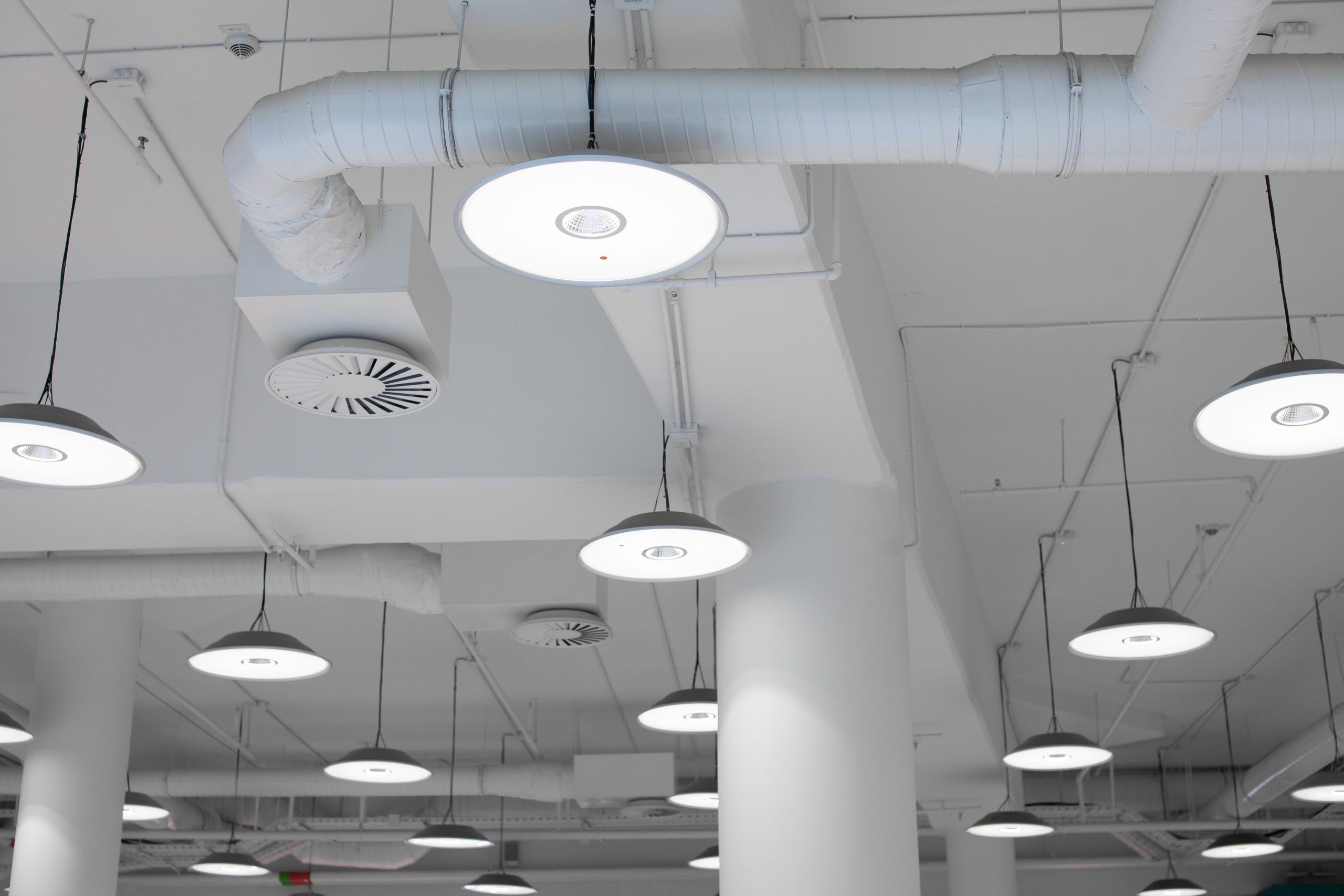

Home Maintenance
How To Design A Ventilation System For An Open Fire In A Fire Pit
Modified: March 6, 2024
Learn how to design an effective ventilation system for your open fire in a fire pit at home. Enhance safety and maintain proper airflow with these home maintenance tips.
(Many of the links in this article redirect to a specific reviewed product. Your purchase of these products through affiliate links helps to generate commission for Storables.com, at no extra cost. Learn more)
Introduction
Welcome to our comprehensive guide on how to design a ventilation system for an open fire in a fire pit. A fire pit can be a wonderful addition to any outdoor space, providing warmth, ambiance, and a gathering place for family and friends. However, it’s important to design a ventilation system to ensure proper airflow and safety when using an open fire in a fire pit.
Designing a ventilation system may sound complex, but with the right knowledge and planning, you can create an efficient and effective system. In this article, we will discuss the key factors to consider before designing a ventilation system, the steps involved in the design process, and tips for installation and maintenance.
Before we dive into the details, it’s essential to emphasize the importance of proper ventilation when using an open fire in a fire pit. Without sufficient airflow, the fire may not burn efficiently, result in excessive smoke, or even pose a fire hazard. A well-designed ventilation system helps to ensure that the fire receives an adequate supply of air, controls the direction of the smoke, and promotes safe and efficient burning.
Now, let’s explore the factors you need to consider before diving into the design process of a ventilation system for your fire pit.
Key Takeaways:
- Ensure proper ventilation for your fire pit by considering factors like size, location, and wind direction. This helps control smoke, promote efficient burning, and enhance safety.
- Design and install a ventilation system with vents, air intake, chimney, and dampers to optimize airflow and smoke control. Regular maintenance ensures continued performance and longevity.
Read more: How To Fire Clay In A Fire Pit
Factors to Consider Before Designing a Ventilation System
Designing a ventilation system for an open fire in a fire pit requires careful consideration of various factors. These factors will help determine the most suitable design for your specific fire pit setup. Let’s take a look at the key considerations:
- Fire Pit Size: The size of your fire pit plays a crucial role in determining the ventilation requirements. A larger fire pit will require a more robust ventilation system to ensure adequate airflow. Consider the dimensions and capacity of your fire pit before proceeding with the design.
- Fire Pit Location: Next, consider the location of your fire pit. Is it placed in an open area with plenty of room for airflow, or is it positioned close to walls, structures, or trees? The proximity to surrounding objects may impact the airflow and ventilation requirements.
- Local Regulations: It’s essential to adhere to local regulations and codes regarding open fires and ventilation systems. Check with your local authorities to ensure compliance with any specific guidelines or requirements for ventilation systems in fire pits.
- Wind Direction: The prevailing wind direction in your outdoor space can affect the performance of your ventilation system. A windbreak or wind direction indicator can help you determine the ideal location and orientation of the vents to maximize airflow and minimize smoke disturbance.
- Smoke Control: One of the primary functions of a ventilation system is to control the direction and dispersal of the smoke. Consider the prevailing wind direction, the placement of seating areas, and neighboring properties to ensure that the smoke is directed away from gathering spaces and doesn’t cause inconvenience to others.
- Aesthetics: While functionality should be the primary consideration, you’ll also want to design a ventilation system that complements the overall aesthetic of your outdoor space. Choose materials and designs that blend seamlessly with the surrounding environment, ensuring a visually appealing fire pit setup.
By carefully considering these factors, you can lay the foundation for a well-designed ventilation system for your fire pit. In the next section, we will discuss the step-by-step process of designing and installing the system.
Step 1: Assessing Fire Pit Location
Before you start designing the ventilation system, it’s crucial to assess the location of your fire pit. The placement of your fire pit will impact the efficiency of the ventilation system and the overall safety of your outdoor space. Here are some key considerations:
- Adequate Space: Ensure that you have enough space around the fire pit to accommodate the ventilation system. The system will require vents, air intake, and possibly a chimney or smokestack. Make sure there is ample room for these components without any obstructions or safety hazards.
- Proximity to Structures: Take note of any nearby structures, such as buildings, fences, or trees. These can potentially obstruct the airflow and pose a fire hazard if they are too close to the fire pit. Maintain a safe distance to ensure proper ventilation and minimize the risk of accidents.
- Wind Patterns: Study the prevailing wind patterns in your outdoor space to determine the ideal placement of vents. Position the vents in a way that takes advantage of the wind direction to facilitate proper airflow and efficient smoke control. This will prevent smoke from blowing directly into seating areas or neighboring properties.
- Safety: Consider the safety of your fire pit location. Avoid placing it near combustible materials, such as dry vegetation or flammable objects. Ensure there is sufficient clearance in all directions, following local regulations and safety guidelines. You want to create a safe environment for enjoying a fire outdoors.
- Visibility and Accessibility: Choose a location that offers good visibility and accessibility. You want your fire pit to be a focal point in your outdoor space, where everyone can enjoy the warmth and ambiance. Additionally, it should be easily accessible for adding wood, cleaning, and performing maintenance tasks on the ventilation system.
By thoroughly assessing the location of your fire pit, you can determine the best placement for the ventilation system components. This will set the stage for an efficient and safe ventilation design. In the next step, we will discuss how to determine the airflow requirements for your fire pit.
Step 2: Determining Airflow Requirements
Once you’ve assessed the location of your fire pit, the next step in designing a ventilation system is to determine the airflow requirements. This will help you understand how much air is needed for the fire to burn efficiently and how to incorporate airflow control mechanisms. Here’s how you can determine the airflow requirements:
- Fuel Type: The type of fuel you use in your fire pit will affect the airflow requirements. Different fuels, such as wood, charcoal, or gas, have varying combustion characteristics. Research the specific airflow needs for the particular fuel you plan to use and consider it in your design.
- Fire Pit Size: The size of your fire pit is a crucial factor in determining the required airflow. Larger fire pits will need a higher volume of air to sustain the fire, while smaller fire pits may require less airflow. Consider the dimensions and capacity of your fire pit when calculating the required airflow.
- Fire Pit Design: The design of your fire pit, including its shape and construction materials, can impact the airflow requirements. Fire pits with open sides may require more airflow, while enclosed fire pits may require less airflow. Take into account the design elements to guide your ventilation system design.
- Air Intake: Determine the location and size of the air intake for your ventilation system. The air intake is responsible for bringing in fresh air to feed the fire and maintain optimal combustion. Calculate the required size of the intake based on the airflow requirements to ensure adequate air supply.
- Chimney or Smokestack: If you plan to incorporate a chimney or smokestack in your ventilation system, determine its size and height. The chimney helps direct the smoke away from the fire pit and promotes efficient smoke extraction. Consider the volume of smoke produced by your fire pit and the recommended dimensions for chimney or smokestack design.
By considering these factors, you can determine the airflow requirements for your fire pit and plan your ventilation system accordingly. Adequate airflow is essential for proper combustion, smoke control, and overall fire pit performance. In the next step, we will discuss how to choose the components for your ventilation system.
When designing a ventilation system for an open fire in a fire pit, make sure to provide enough airflow to support combustion. This can be achieved by incorporating air vents or openings in the fire pit to allow for proper oxygen flow.
Step 3: Choosing Ventilation System Components
Choosing the right components for your fire pit ventilation system is crucial for ensuring proper airflow and smoke control. Each component plays a specific role in facilitating efficient combustion and directing the smoke away from the fire pit. Here are the key components to consider:
- Vents: Vents are openings or outlets that allow the air to enter and exit your fire pit. The number and placement of vents will depend on the size, shape, and design of your fire pit. Ideally, you should have both an intake vent to bring in fresh air and an exhaust vent to release smoke and hot air.
- Air Intake: The air intake is responsible for bringing in fresh air to feed the fire. It should be strategically positioned to ensure optimal airflow. Consider the size and location of the intake to meet the required airflow for your fire pit. You may also want to incorporate adjustable mechanisms to control the amount of air entering the fire pit.
- Chimney or Smokestack: A chimney or smokestack helps direct the smoke away from the fire pit and up into the air. It serves as the exhaust system for the smoke produced by the fire. Select a chimney or smokestack that is appropriate for the size of your fire pit and consider its height and design to promote efficient smoke extraction.
- Dampers: Dampers are devices that allow you to control the flow of air and smoke in your ventilation system. They can be used to adjust the amount of air entering the fire pit and regulate the direction and speed of the smoke. Choose dampers that are compatible with your ventilation system design and ensure they are easy to operate.
- Spark Arrestor: If you live in an area prone to wildfires or want to prevent sparks from escaping, consider adding a spark arrestor to your ventilation system. A spark arrestor is a mesh screen that fits over the chimney or smokestack and helps prevent sparks and embers from being released into the surrounding environment.
When choosing the components, pay attention to their materials, durability, and compatibility with your fire pit setup. It’s also advisable to consult with a professional or an experienced contractor for guidance and to ensure the components meet safety standards and local regulations.
In the next step, we will discuss the installation process for your ventilation system, ensuring a seamless integration with your fire pit.
Read more: What To Cook In A Fire Pit
Step 4: Installing the Ventilation System
Installing the ventilation system for your fire pit requires careful attention to detail and adherence to safety guidelines. Here are the steps to follow for a successful installation:
- Prepare the Fire Pit: Before starting the installation, ensure that your fire pit is clean and free from any debris that could interfere with the ventilation system. Remove ashes and any leftover fuel, and ensure that the interior and exterior of the fire pit are in good condition.
- Mark Vent Locations: Based on your ventilation system design and the location of the fire pit, mark the positions where the vents will be installed. Use a marker or chalk to clearly outline the areas where the vents and air intake will be positioned.
- Install Vents and Air Intake: Follow the manufacturer’s instructions to install the vents and air intake components. This may involve drilling holes, cutting openings, or fitting the components into pre-existing openings. Ensure that the vents and air intake are securely attached and properly sealed to prevent any leaks.
- Connect Chimney or Smokestack: If you have chosen to incorporate a chimney or smokestack in your ventilation system, connect it to the fire pit according to the design specifications. Use appropriate connectors and ensure a tight and secure fit to prevent any smoke leakage.
- Check and Secure Components: Once all the components are in place, double-check their positioning and connections. Make sure everything is secure and tightly fitted. This will help prevent any issues during use and ensure the efficient operation of the ventilation system.
- Test the Ventilation System: Before using the fire pit, conduct a test of the ventilation system. Light a small fire and observe the airflow, smoke direction, and overall performance of the system. Make any necessary adjustments to ensure optimal functionality.
It’s important to note that the installation process may vary depending on the specific design of your fire pit and ventilation system. If you’re unsure or uncomfortable with the installation, it’s advisable to seek the assistance of a professional or an experienced contractor to ensure a safe and proper installation.
With the ventilation system correctly installed, you’re now ready to move on to the final step: testing and adjusting the system to optimize its performance.
Step 5: Testing and Adjusting the Ventilation System
After installing the ventilation system for your fire pit, it’s essential to test and adjust the system to ensure optimal performance. Here are the steps to follow for testing and adjusting your ventilation system:
- Test Airflow: Light a fire in your fire pit and observe the direction of the smoke. Check if the smoke is being properly directed away from the seating area and neighboring properties. If you notice any issues, such as excessive smoke or poor airflow, adjustments may be necessary.
- Adjust Dampers: If you have dampers installed as part of your ventilation system, use them to adjust the flow of air and smoke. Experiment with different damper settings to find the optimal balance of airflow for efficient combustion and smoke control.
- Assess Wind Conditions: Observe the impact of wind on the performance of your ventilation system. If you notice that the wind is affecting the airflow or causing smoke to blow in the wrong direction, consider adjusting the position or orientation of the vents and chimney to mitigate the issue.
- Consider Additional Windbreaks: If the wind is consistently causing problems with your ventilation system, you may need to install additional windbreaks or barriers. These can be in the form of screens, walls, or fences strategically placed to redirect the wind and create a more controlled environment around the fire pit.
- Make Necessary Modifications: If during the testing process, you identify any inefficiencies or safety concerns with your ventilation system, make the necessary modifications. This may involve adjusting the size or position of vents, resealing connections, or making changes to the chimney or smokestack.
- Regular Maintenance: Once the ventilation system is functioning optimally, it’s important to perform regular maintenance to ensure its continued performance and longevity. Clean the vents, chimney, and air intake regularly to remove any build-up that could obstruct airflow. Additionally, inspect the components for any signs of wear or damage and make repairs as needed.
Remember, the testing and adjustment process may require some trial and error to achieve the best results. Every fire pit and ventilation system setup is unique, so it may take some time and experimentation to find the perfect balance of airflow and smoke control for your outdoor space.
With these steps completed, you can now enjoy your fire pit with confidence, knowing that you have designed and installed an efficient and effective ventilation system. Stay safe, keep your fire pit clean, and enjoy many memorable moments gathered around the warm glow of your fire.
For further guidance or if you have any concerns, it’s always recommended to consult with professionals or experienced contractors with expertise in fire pit ventilation systems.
Conclusion
Designing a ventilation system for an open fire in a fire pit is a crucial step in ensuring safety, efficient combustion, and smoke control. By following the steps outlined in this comprehensive guide, you can create a well-designed and effective ventilation system for your fire pit.
Throughout the process, remember to consider factors such as fire pit location, airflow requirements, and the selection of suitable ventilation system components. Assessing these factors will help you tailor the design to meet your specific needs, local regulations, and the surrounding environment.
Once you have installed the ventilation system, be sure to test and adjust it to optimize its performance. This may involve adjusting dampers, considering wind conditions, and making necessary modifications to ensure proper airflow and smoke control.
Furthermore, regular maintenance of your ventilation system is crucial to ensure its continued performance and longevity. Clean the vents and components regularly, inspect for any wear or damage, and make repairs as needed. By taking these steps, you can enjoy your fire pit safely and create memorable experiences with family and friends.
It’s important to note that fire pits pose inherent risks, and proper precautions should always be taken when using them. Follow safety guidelines, adhere to local regulations, and exercise caution when handling fire and combustible materials.
Remember, if you feel unsure or uncomfortable with any aspect of designing or installing a ventilation system for your fire pit, it’s always advisable to consult with professionals or experienced contractors. Their expertise can ensure that your fire pit is not only aesthetically pleasing but also safe and efficient.
Now that you have the knowledge and guidance to design and install a ventilation system, go ahead and enjoy the warmth, ambiance, and cozy atmosphere of your fire pit without worrying about smoke or ventilation issues. Stay safe and have a great time creating cherished memories around your beautifully designed fire pit!
Frequently Asked Questions about How To Design A Ventilation System For An Open Fire In A Fire Pit
Was this page helpful?
At Storables.com, we guarantee accurate and reliable information. Our content, validated by Expert Board Contributors, is crafted following stringent Editorial Policies. We're committed to providing you with well-researched, expert-backed insights for all your informational needs.
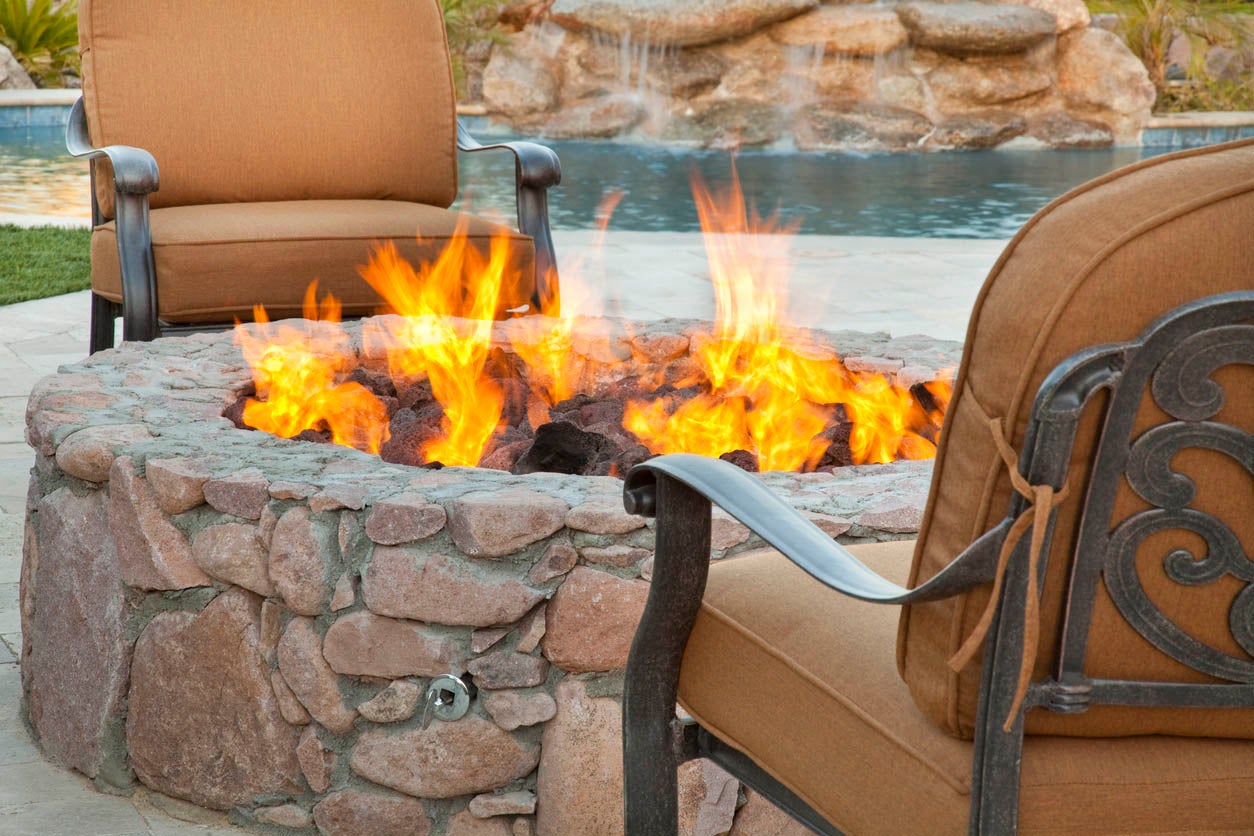
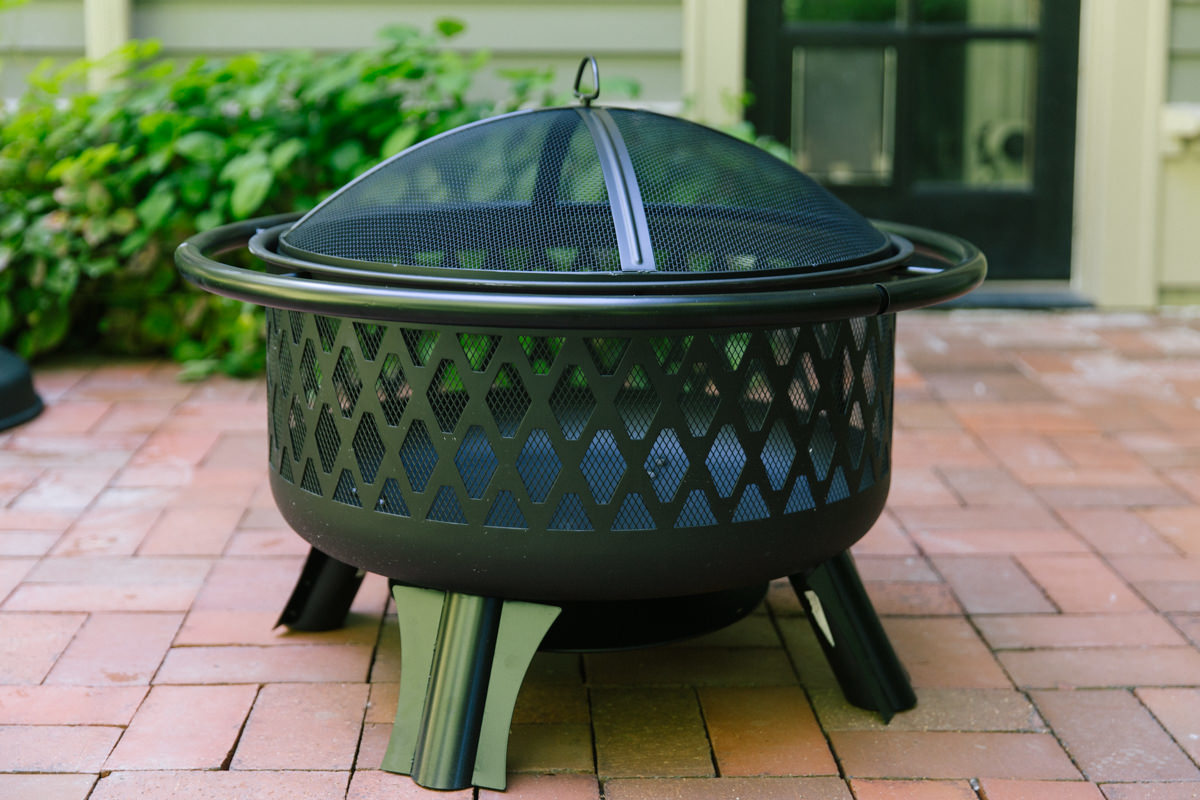
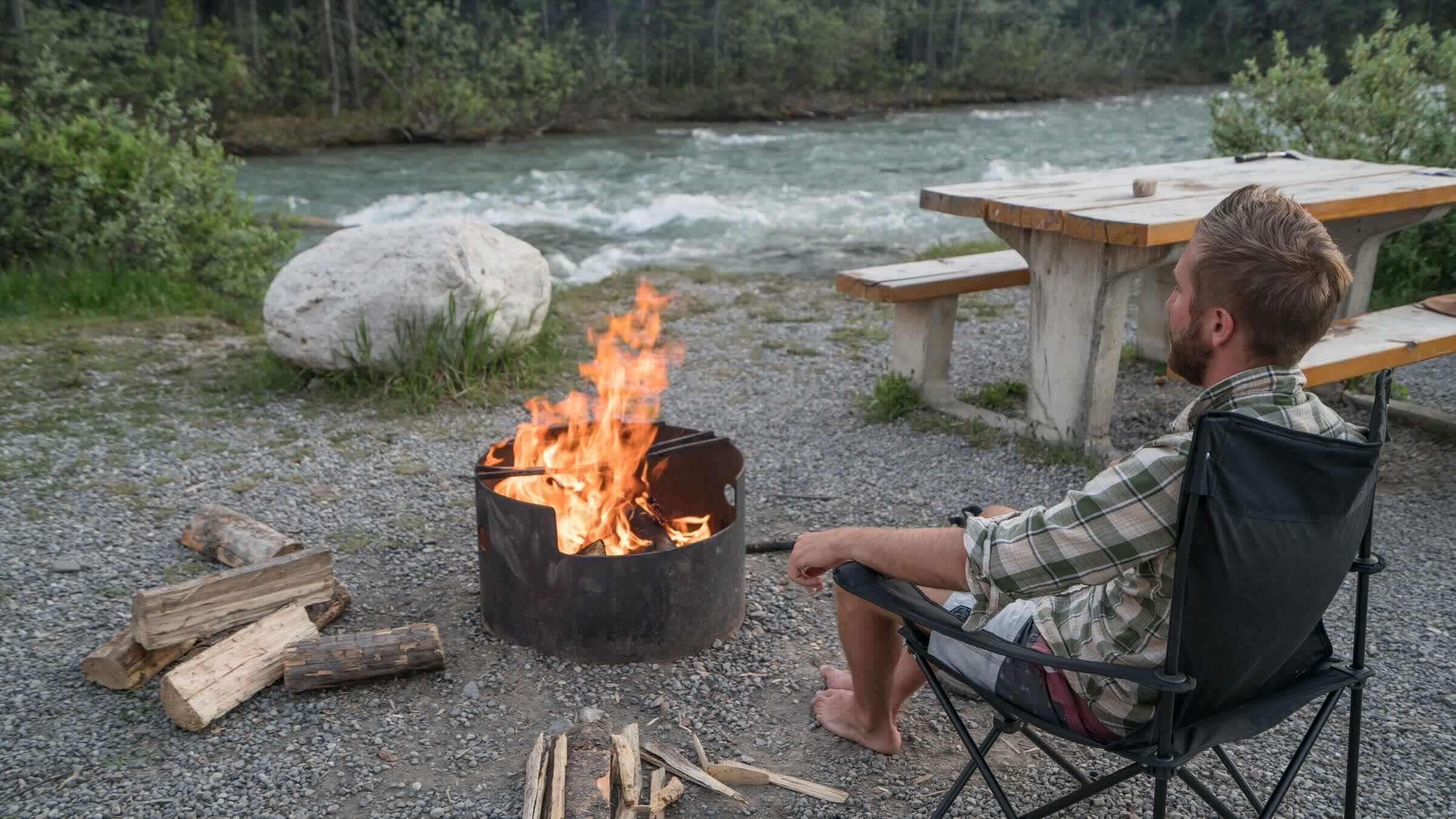
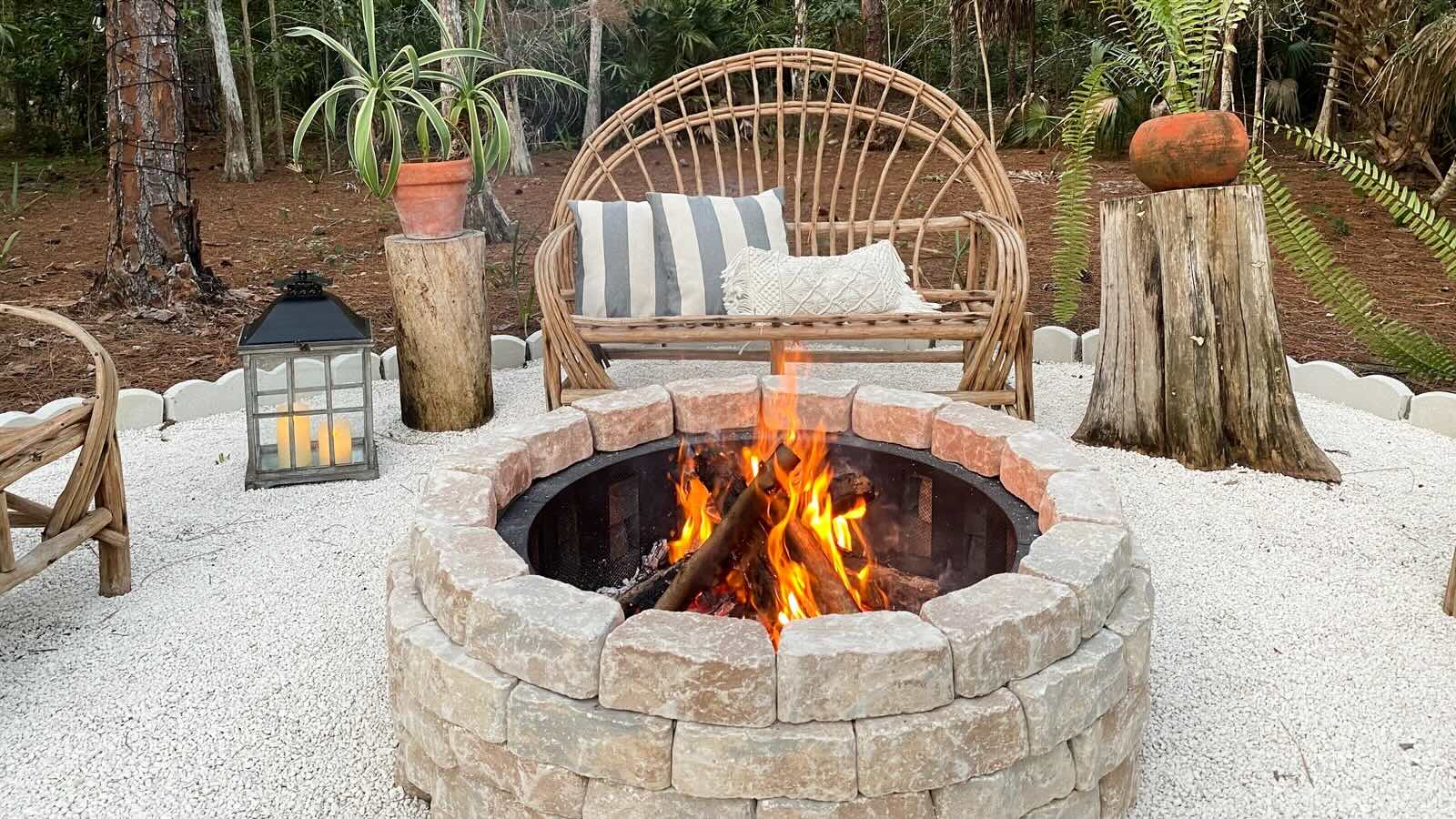
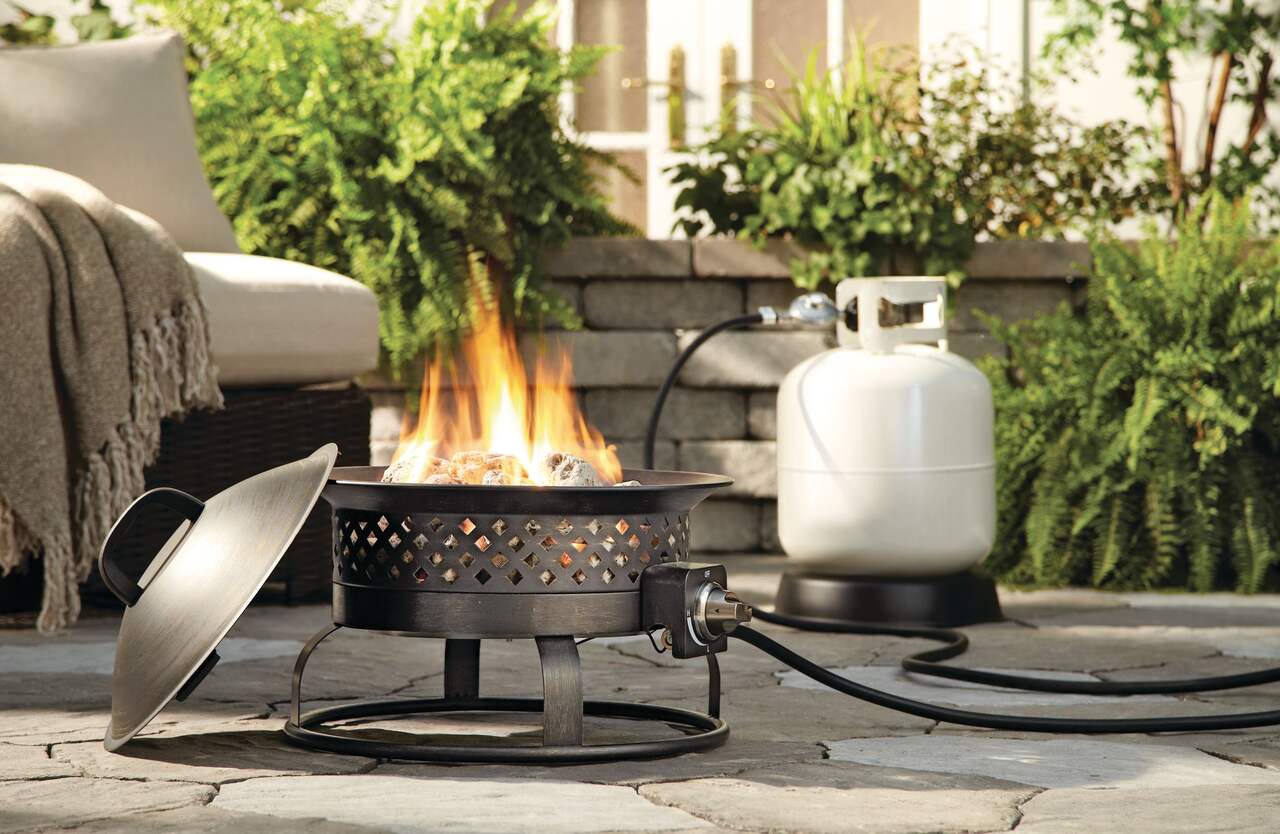
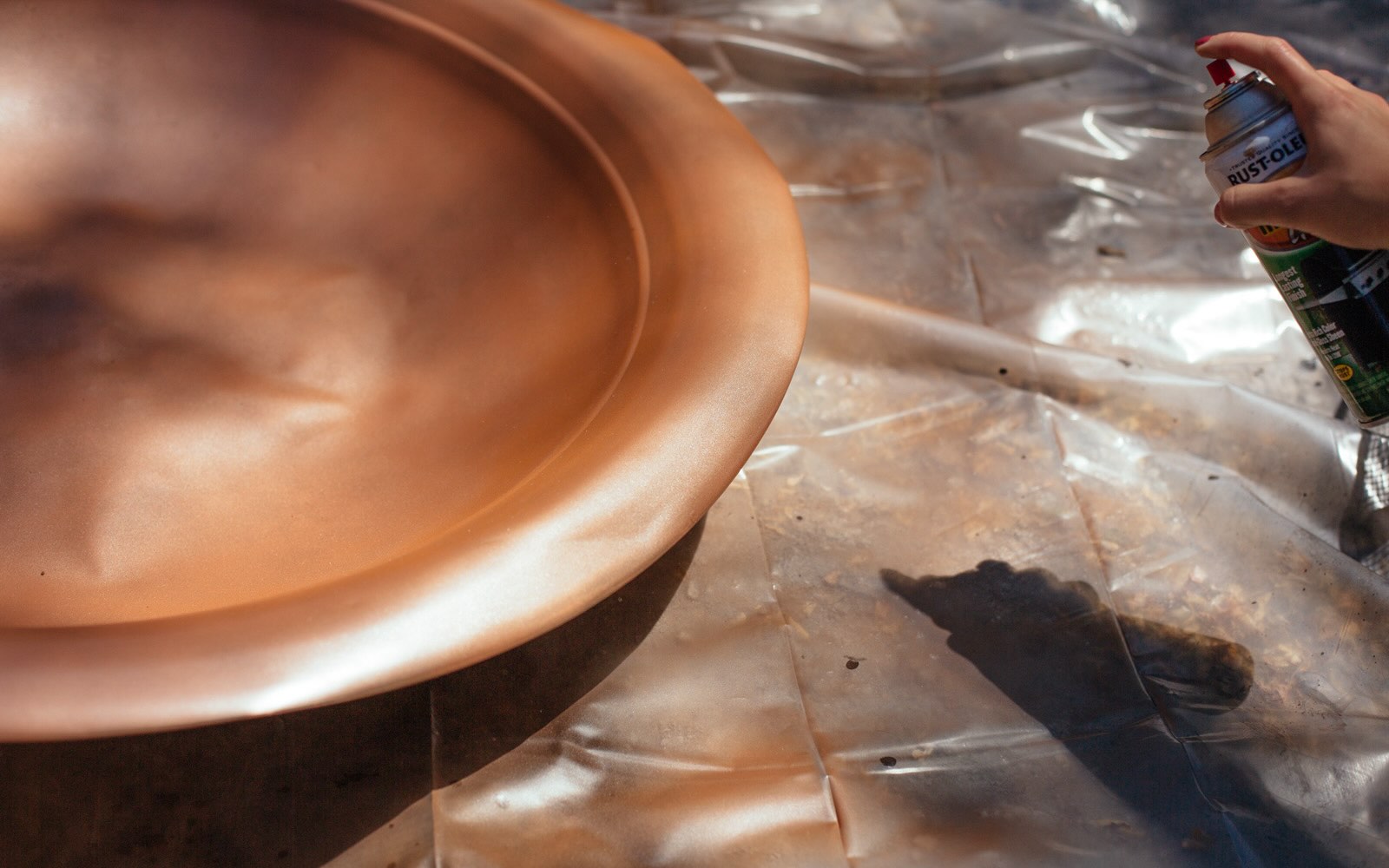
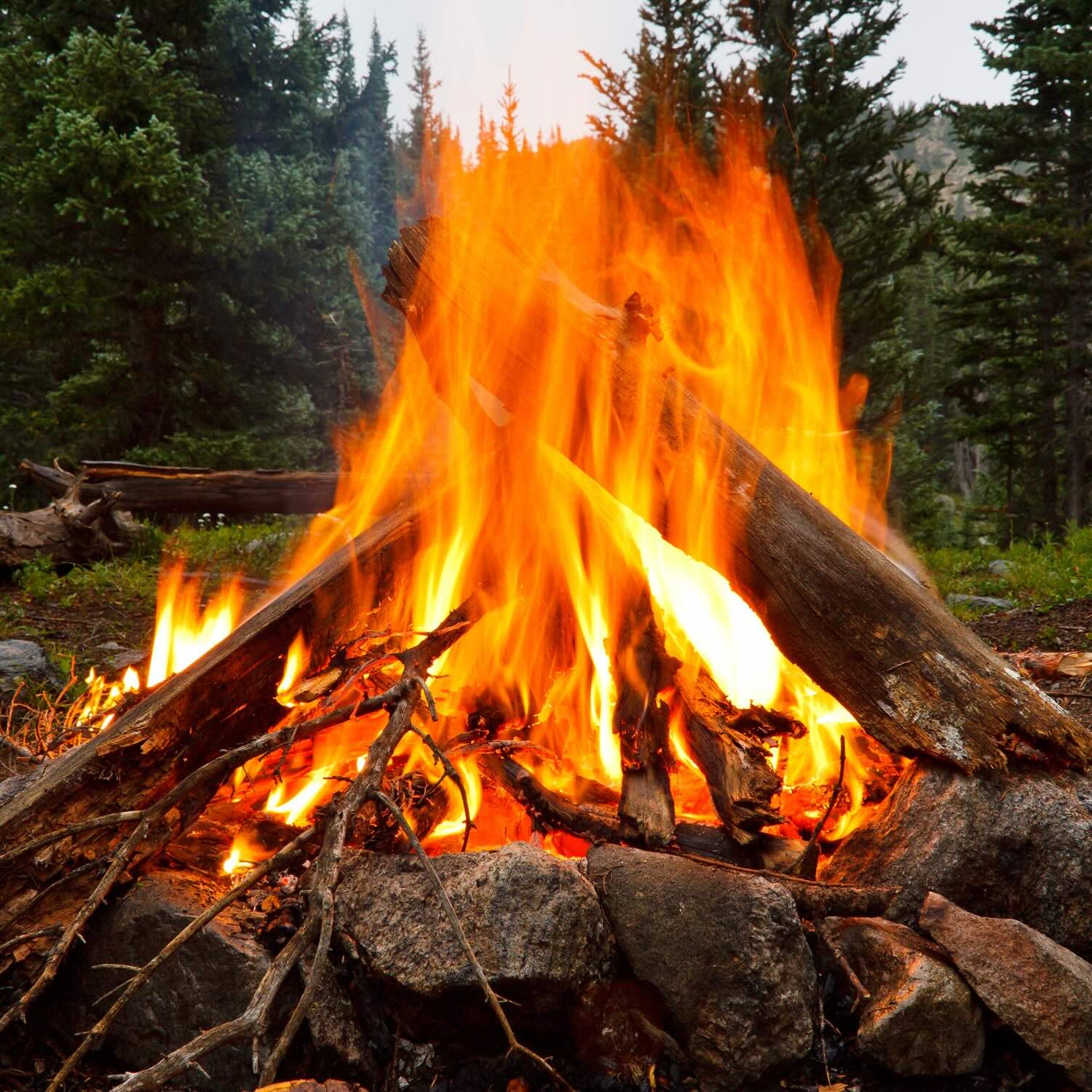

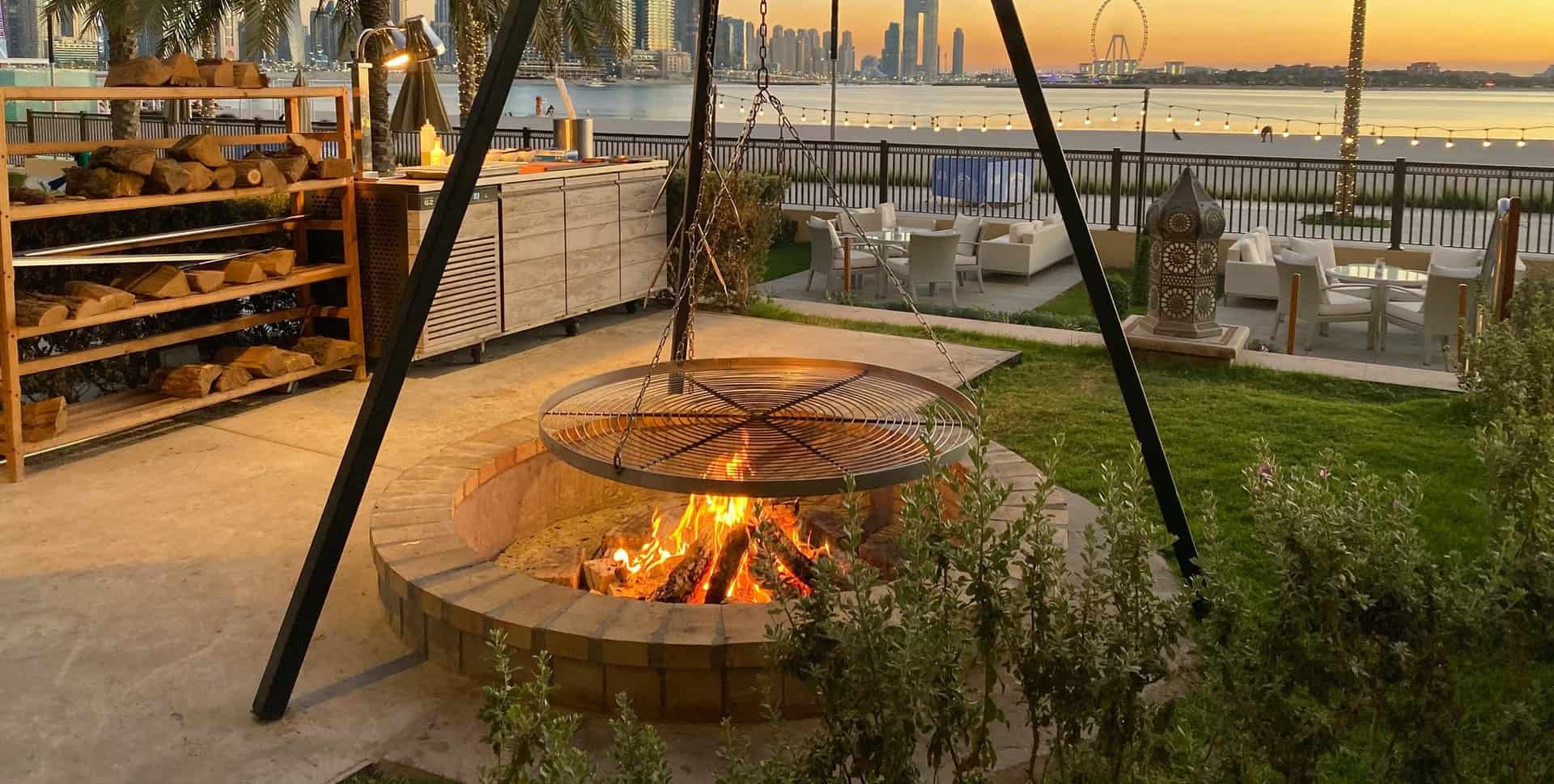
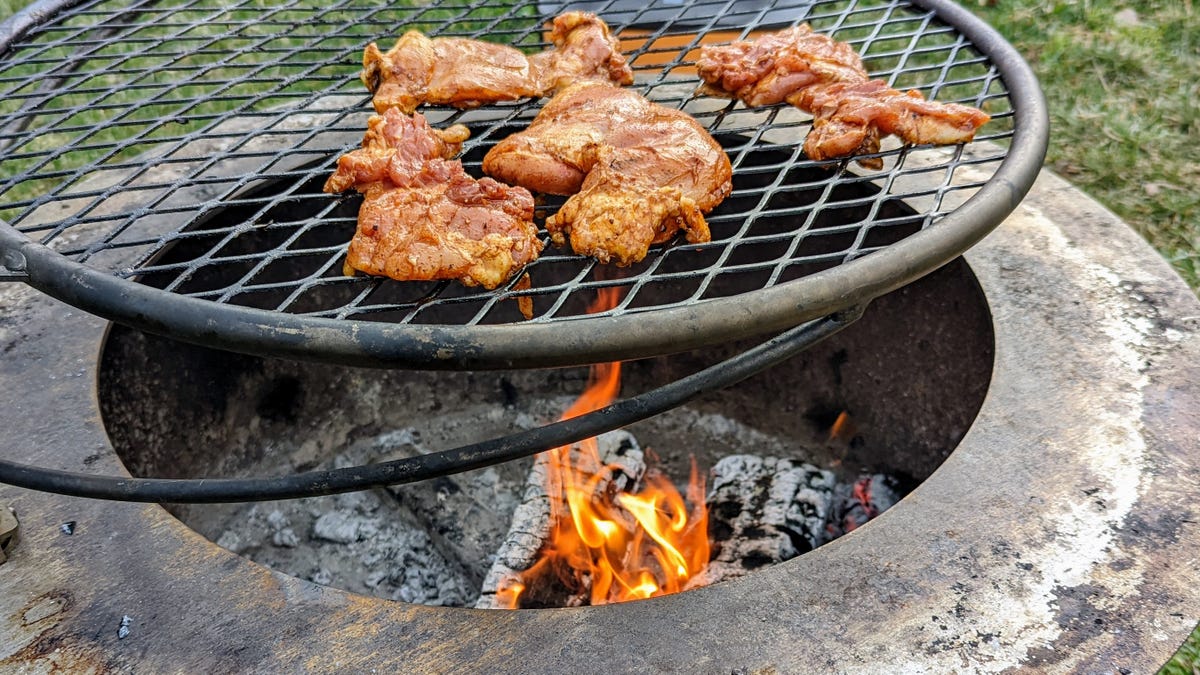
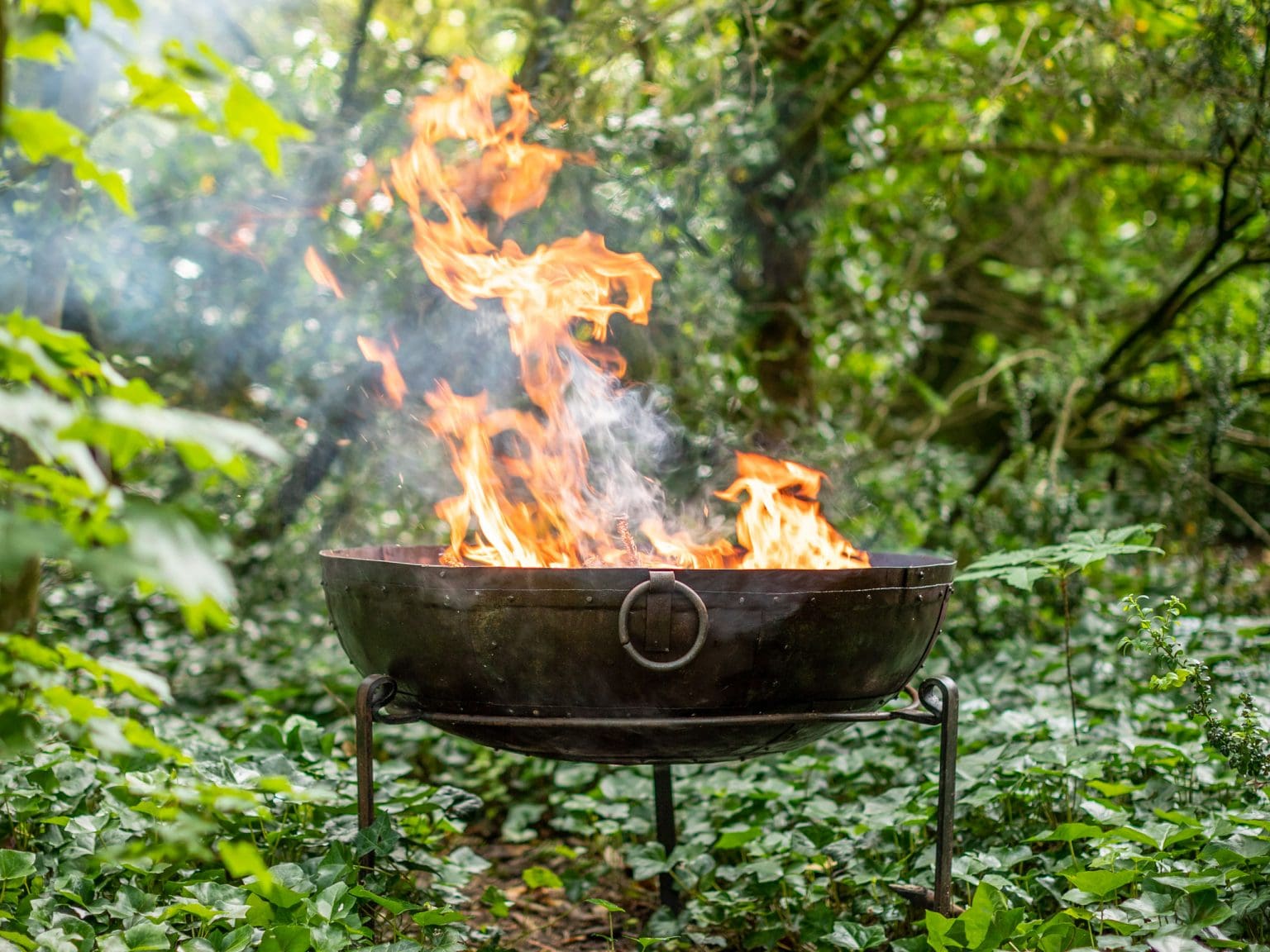
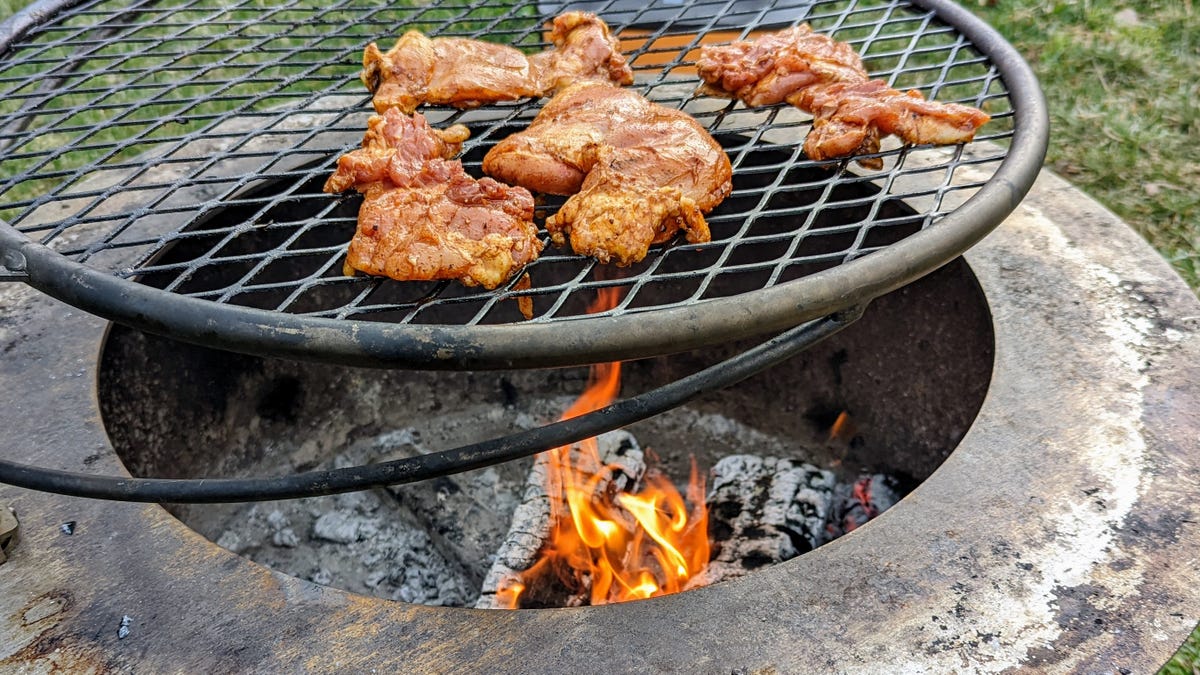

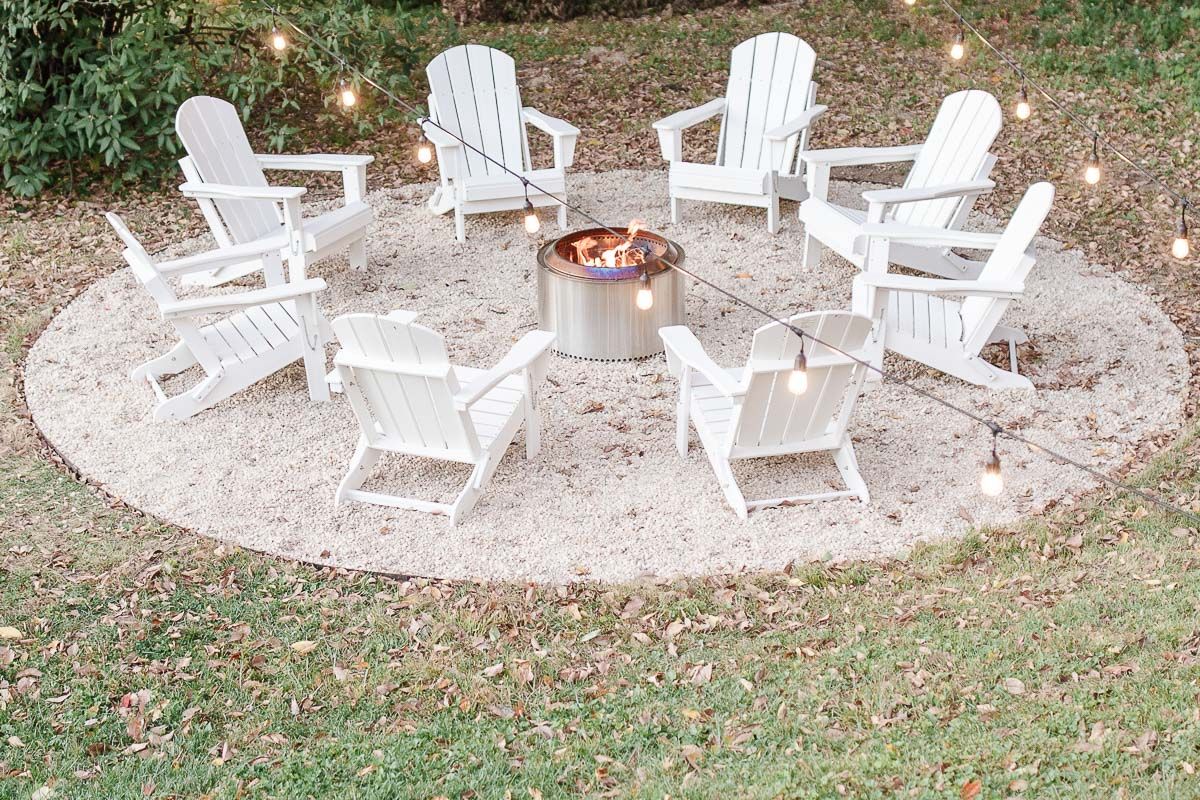

0 thoughts on “How To Design A Ventilation System For An Open Fire In A Fire Pit”